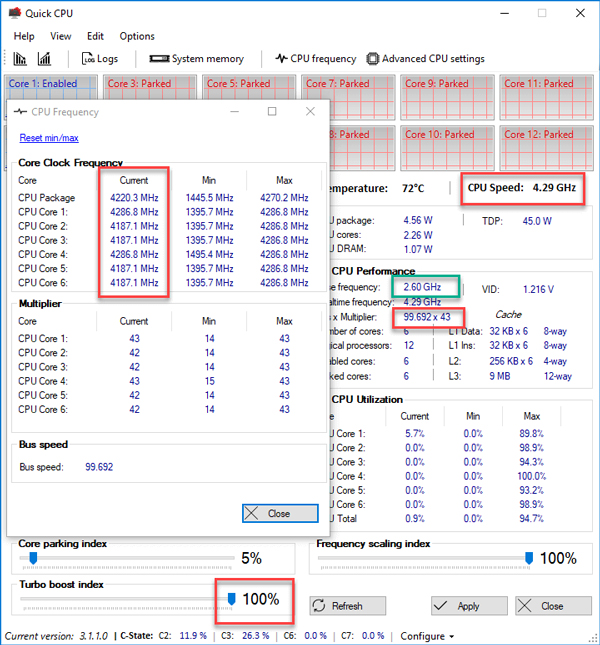

Moore's Law was still in effect when frequency scaling ended. Increasing processor power consumption led ultimately to Intel's May 2004 cancellation of its Tejas and Jayhawk processors, which is generally cited as the end of frequency scaling as the dominant computer architecture paradigm. Increases in frequency thus increase the amount of power used in a processor. Where P is power consumption, C is the capacitance being switched per clock cycle, V is voltage, and F is the processor frequency (cycles per second). R u n t i m e = I n s t r u c t i o n s P r o g r a m × C y c l e s I n s t r u c t i o n × T i m e C y c l e, The effect of processor frequency on computer speed can be seen by looking at the equation for computer program runtime: Frequency ramping was the dominant force in commodity processor performance increases from the mid-1980s until roughly the end of 2004. In computer architecture, frequency scaling (also known as frequency ramping) is the technique of increasing a processor's frequency so as to enhance the performance of the system containing the processor in question. For the power conservation technique, see dynamic frequency scaling. For the scaling of electrical networks, see prototype filter § frequency scaling.


 0 kommentar(er)
0 kommentar(er)
